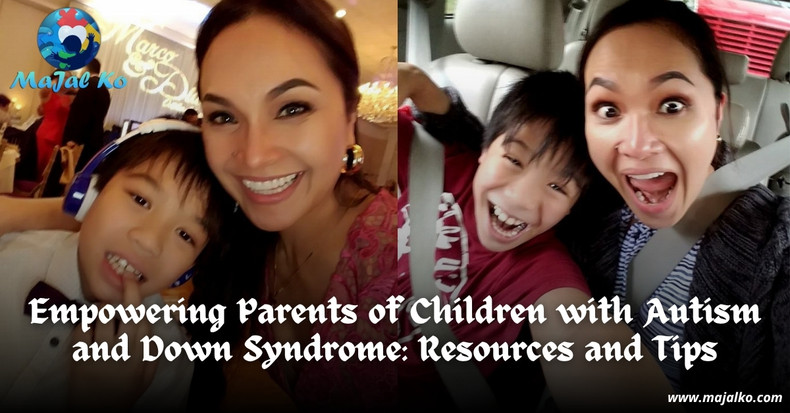Parenting a child with both autism and Down syndrome presents unique challenges—but also offers profound opportunities for growth, connection, and advocacy. Many parents feel overwhelmed by the demands of caregiving, navigating medical needs, educational planning, and building a support system. While every family’s journey is different, accessing the right resources and developing effective strategies can empower parents to support their children with confidence.
This blog highlights essential resources and practical tips for parents raising children with co-occurring Down syndrome and autism spectrum disorder (DS-ASD).
Understanding Co-Occurring Autism and Down Syndrome
Children with both autism and Down syndrome often have developmental profiles that differ from those with only one of these conditions. Some key characteristics of DS-ASD include:
-
Communication Challenges: While children with Down syndrome often engage socially, autism can affect both verbal and nonverbal communication. Some children may be non-speaking or struggle with expressive language.
-
Sensory Sensitivities: Sensory processing issues can lead to challenges with transitions, crowded spaces, or certain textures in food and clothing.
-
Repetitive Behaviors and Restricted Interests: These behaviors can be more pronounced than in children with only Down syndrome and may impact routines and social interactions.
-
Differences in Learning and Social Engagement: Children with DS-ASD may find it more difficult to engage in joint attention, play activities, or respond to social cues.
Recognizing these traits allows parents and caregivers to better understand and support their child’s unique needs.
Essential Resources for Parents
Accessing specialized resources is key to navigating the DS-ASD journey. Here's where to start:
Medical and Developmental Support
-
Developmental Pediatricians: These specialists conduct comprehensive evaluations to guide treatment and therapies.
-
Genetic Counseling Services: Helpful in understanding the genetic aspects of co-occurring autism and Down syndrome.
-
Occupational, Speech, and Physical Therapy: Targeted therapies support communication, sensory regulation, and motor skills development.
Educational and Learning Resources
-
Individualized Education Plans (IEPs): Schools must create IEPs for children with disabilities. Parents play a key role in shaping these plans.
-
Augmentative and Alternative Communication (AAC): Tools like picture exchange systems or AAC devices can improve communication.
-
Specialized Learning Programs: Some schools offer adapted curriculums and smaller class settings suited for DS-ASD children.
Behavioral and Sensory Support
-
Applied Behavior Analysis (ABA) & Other Therapies: ABA can be effective for some children, while others may benefit from approaches like DIR/Floortime or occupational therapy with sensory integration.
-
Sensory-Friendly Environments: Weighted blankets, noise-canceling headphones, and structured routines can help reduce sensory overload.
-
Behavioral Consultants: Professionals who help parents manage challenging behaviors and promote independence.
Support Groups and Community Networks
-
National and Local Organizations: Groups like NDSS, Autism Speaks, and the Global Down Syndrome Foundation offer education, advocacy, and networking.
-
Parent Support Groups: Online forums and local support groups connect parents who share similar experiences.
-
Respite Care Services: Crucial for giving caregivers breaks to recharge, while ensuring children are cared for in a safe, supportive environment.
Practical Tips for Parents
Beyond resources, these everyday strategies can help families thrive:
Advocate for Your Child’s Needs
-
Stay informed about rights under special education laws.
-
Learn about therapy options.
-
Collaborate with educators and medical professionals to ensure appropriate services.
Establish Predictable Routines
-
Consistency eases transitions and reduces anxiety.
-
Use visual schedules or timers to support structure.
Encourage All Forms of Communication
-
Work with speech therapists to explore AAC tools, sign language, or other communication systems.
-
Encourage expression to reduce frustration and build social connections.
Address Sensory Needs
-
Understand sensory triggers and how to manage them.
-
Provide sensory activities like bouncing, deep pressure, or swinging as needed.
Take Care of Yourself
-
Caregiver health matters. Seek support, rest when possible, and prioritize your own well-being.
Final Thoughts
Empowering parents of children with DS-ASD begins with understanding, community, and access to tailored resources. While the road may be challenging, you are not alone. With the right tools and support network, every family can create an environment where their child grows with love, independence, and opportunity.

